An der Hülben
Plamen Dejanoff
June 5 – August 3, 2013
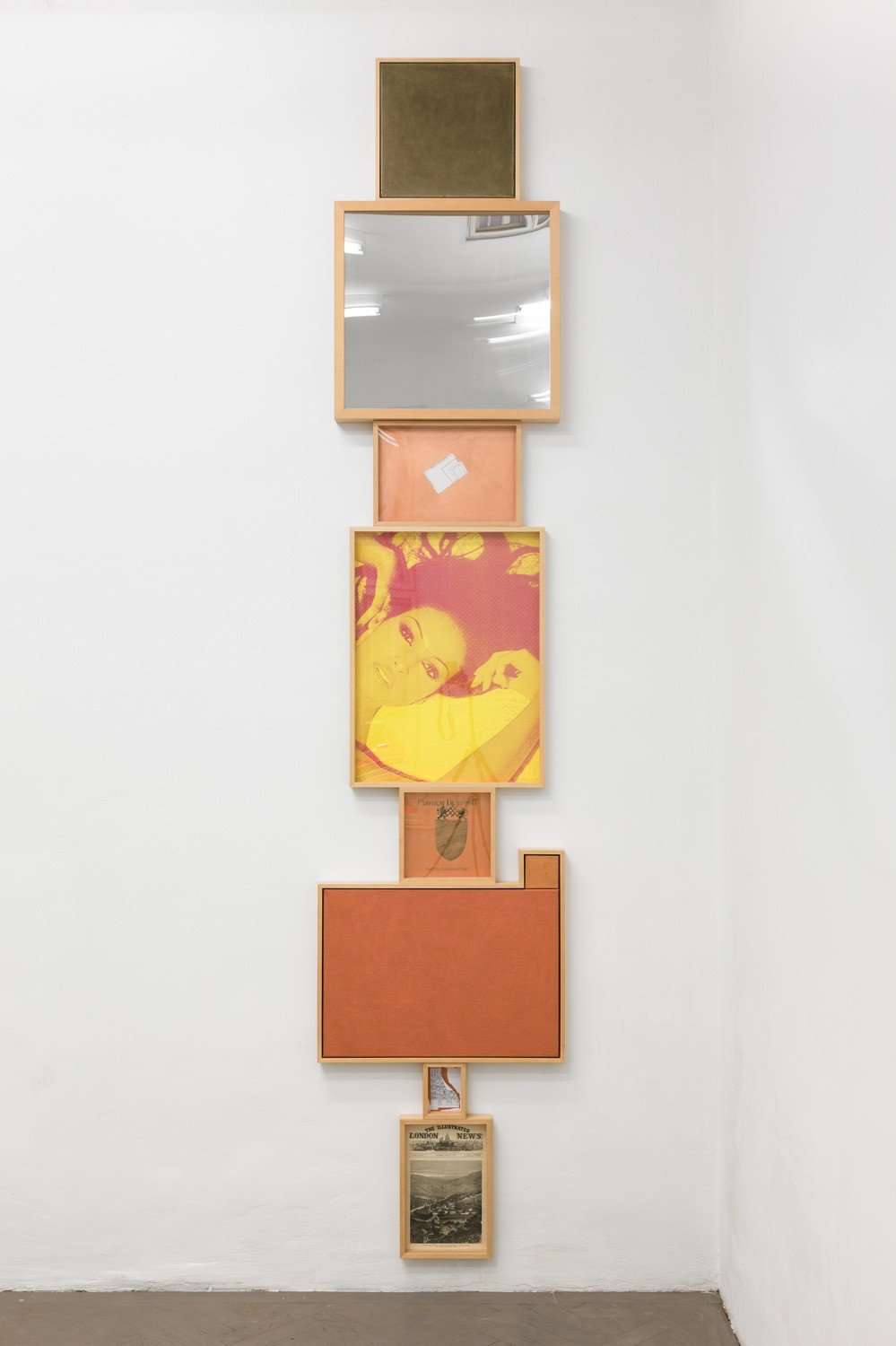
Plamen Dejanoff
Ad (Foundation), 2013
Bronze on canvas, bronze and pencil on paper, mirror and screen print
Dimensions variable
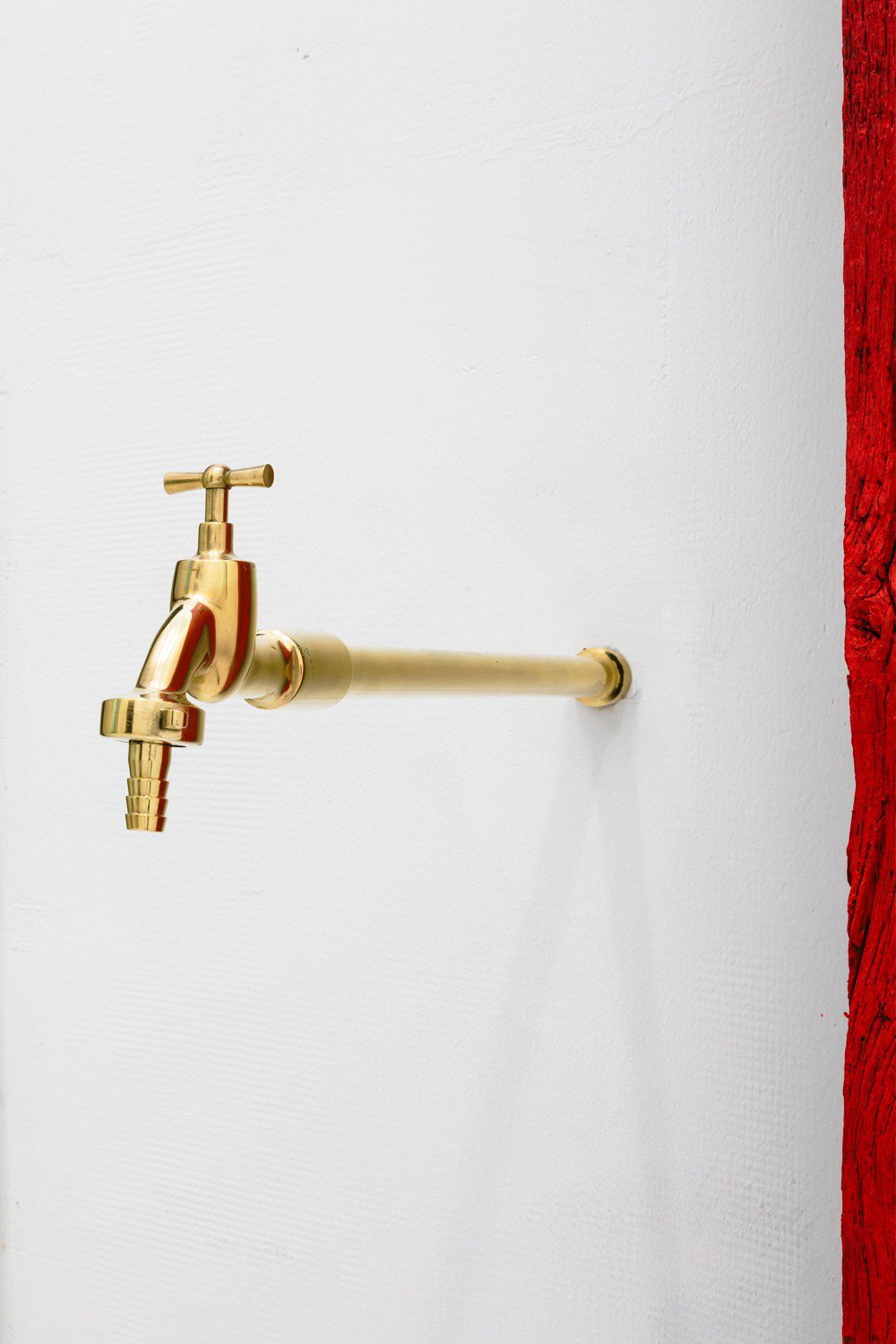
Plamen Dejanoff
Ad (Foundation), 2013
Bronze
55 × 15 × 5 cm
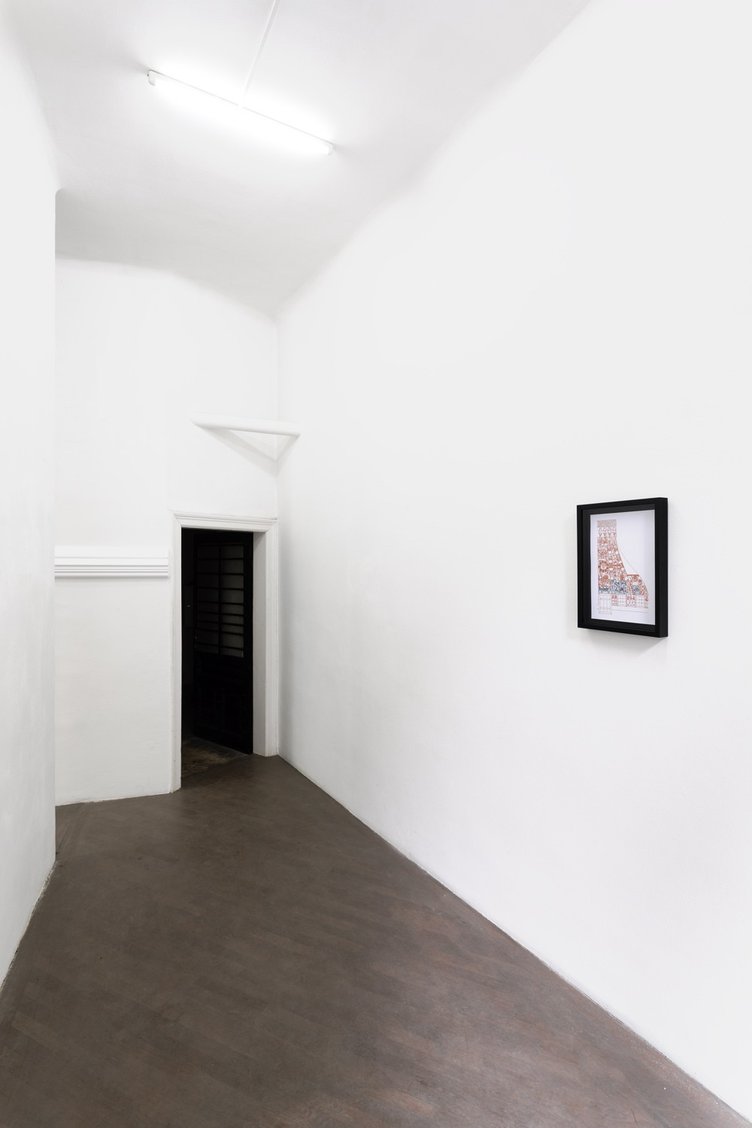
Plamen Dejanoff, 2013
Installation view
Layr An der Hülben, Vienna
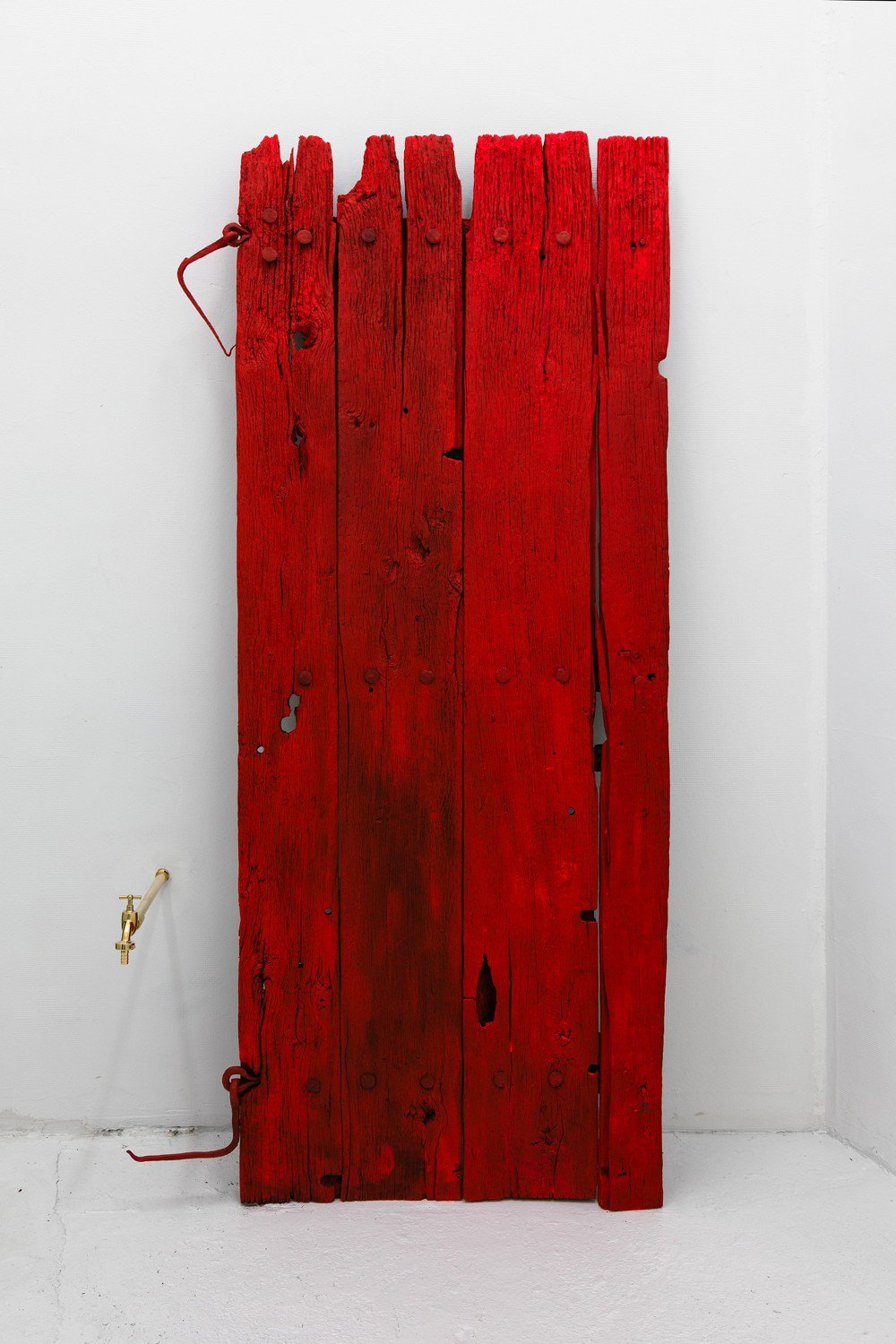
Plamen Dejanoff
Ad (Foundation), 2013
Wood and iron
220 × 100 × 15 cm
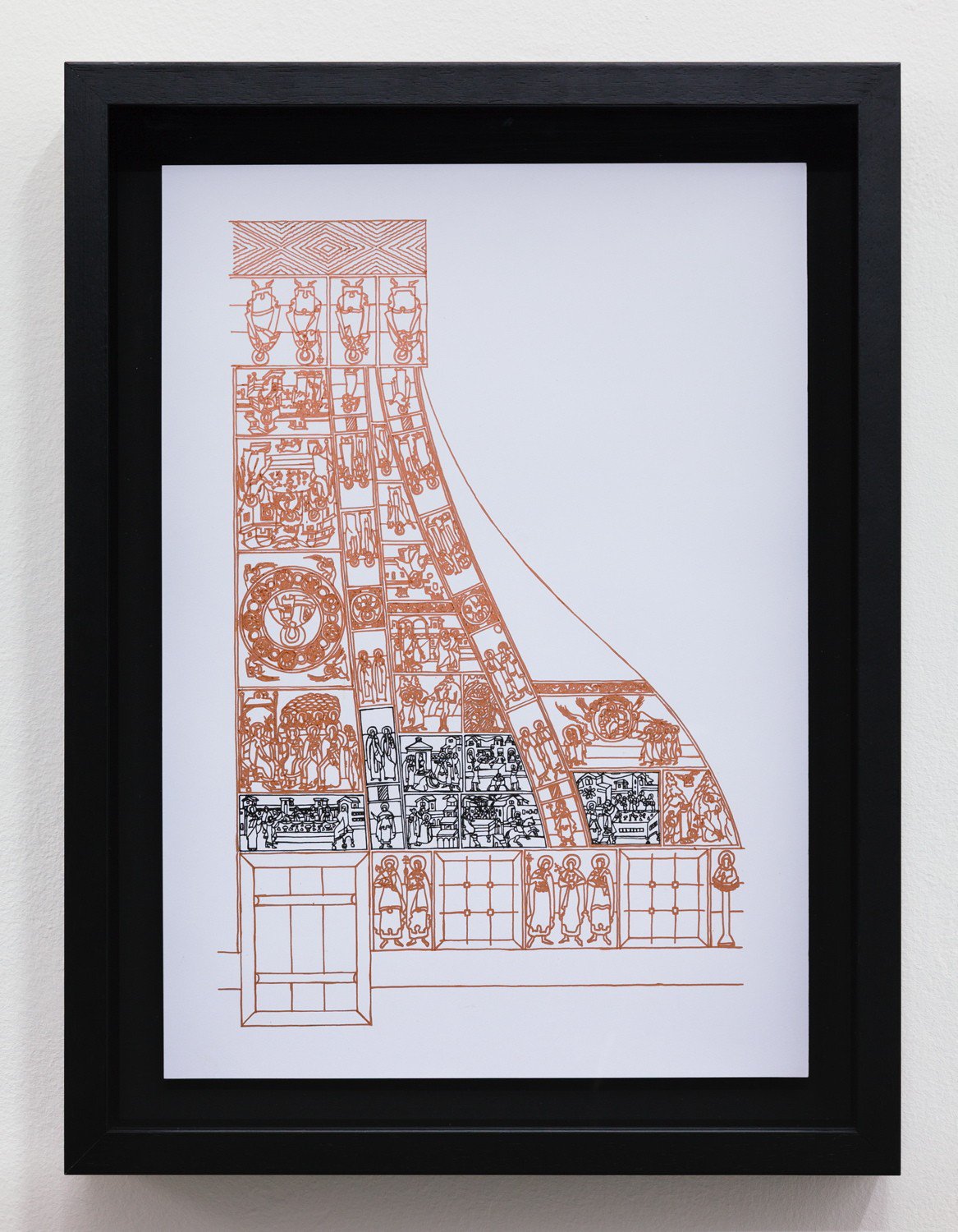
Plamen Dejanoff
Untitled (Gate Study Arbanassi), 2013
Pencil, Indian ink and copper on paper
41 × 28 cm
Galerie Emanuel Layr is pleased to annouce Plamen Dejanoff’s second solo exhibition at the gallery. Dejanoff presents four new works (two wall works and two objects) which operate as 3D ads for his new foundation project. The Foundation, currently housing in a historical building, operates alongside the administration of the Bronze House and related works, as an archive of Dejanoff’s work and hosts a collection of historical document about the region as well as a contemporary art collection.
At the time of the Foundation’s formation, communication tools such as printed materials were fed back into the art world as artworks (Stationary, 2013, embossing on paper, 70 x 50 cm). This was also the case with the 6 different logos developed for the project, elements of which related to the site, while others were invented (Coat of Arms, 2012, bronze, 55 x 35 cm). This self-referential approach was already evident in former works by Plamen Dejanoff like in the sculptural installation titled Paint, parts of which were shown in his last solo show at the gallery. Dejanoff consciously used the formal languages of the mass-market and distribution structures. The sculpture was indeed used for advertising the new flatscreen Sony Bravia. Dejanoff adapts his strategies according to the circumstances.
The entrance of the gallery shows fittingly a study of a doorway. The door shown in the first room is an original door of the year 1516 from Arbanassi in Bulgaria, the site of the Foundation. The water tab refers to the first restoration works done in the building of the foundation. The installation in the second room shows assembled material connected to the multiple activities of the foundation. The resulting works around this project have created a dense self-referential network.